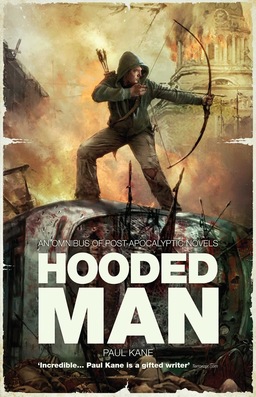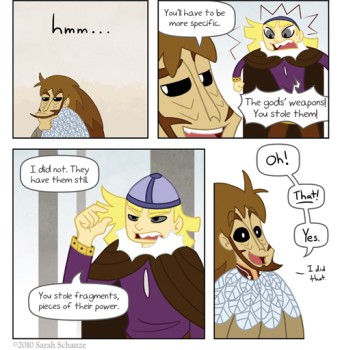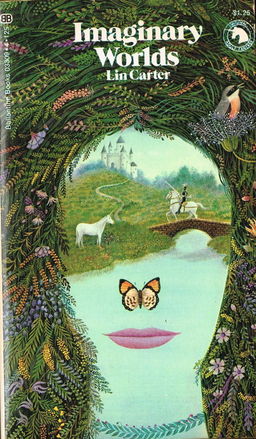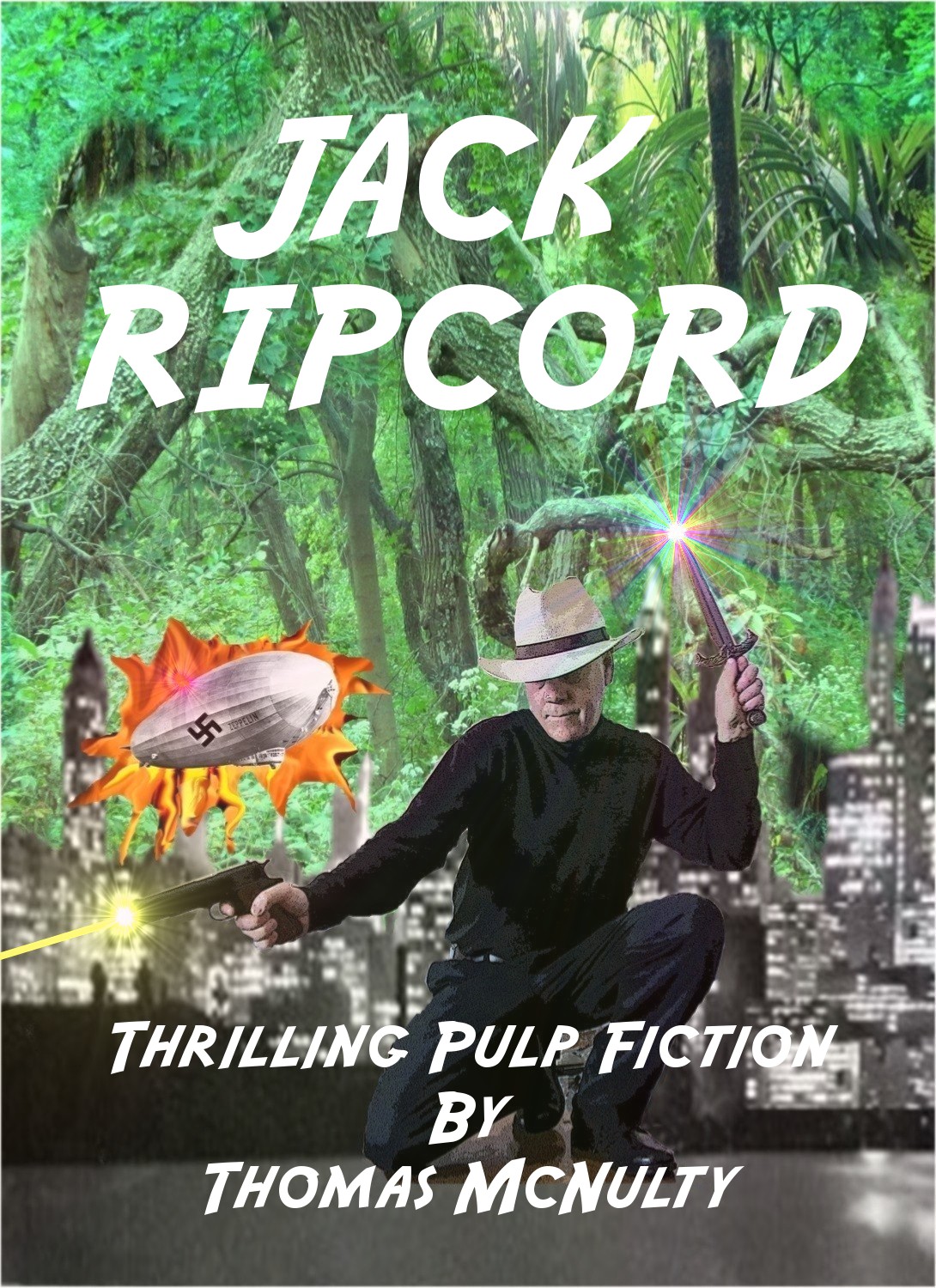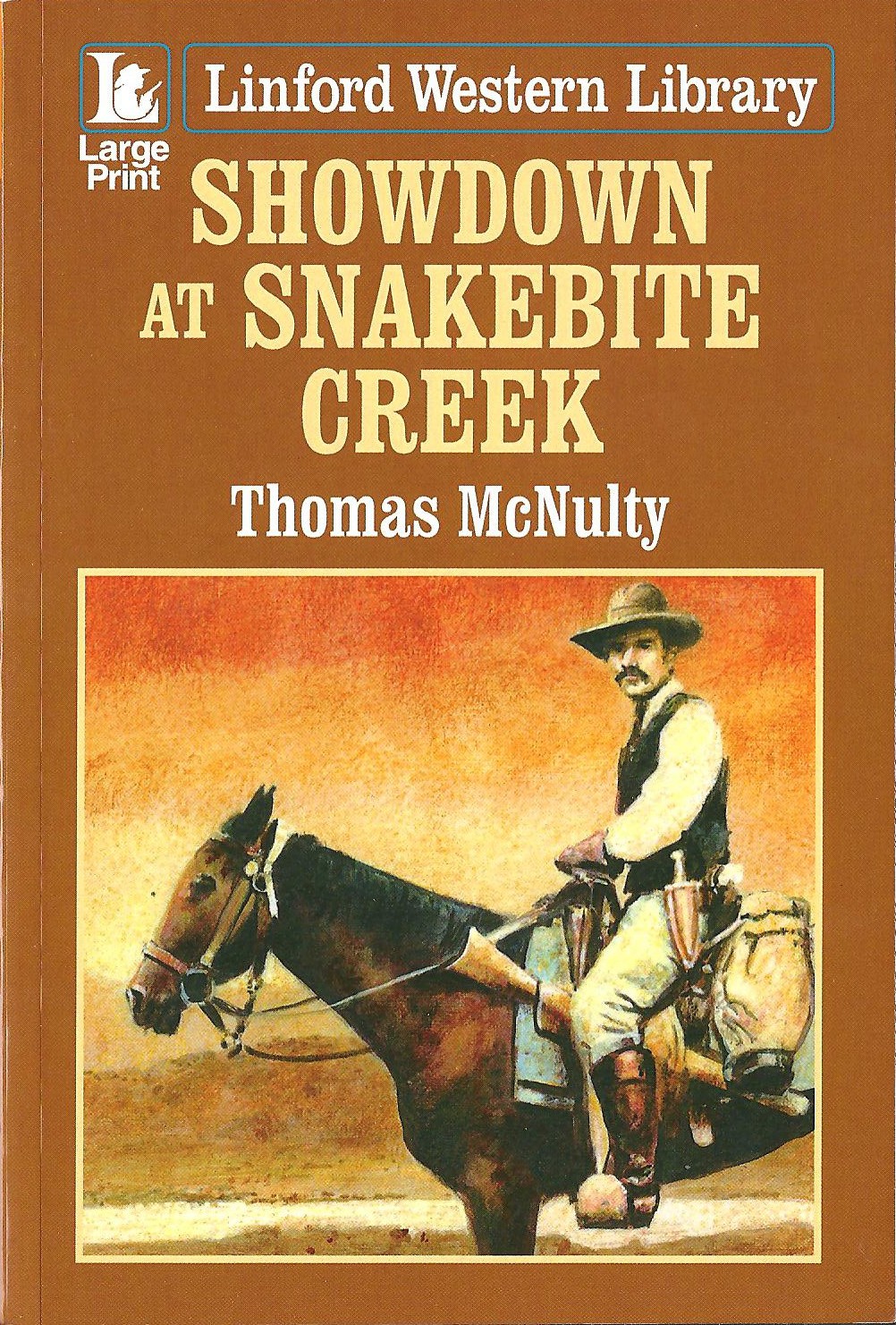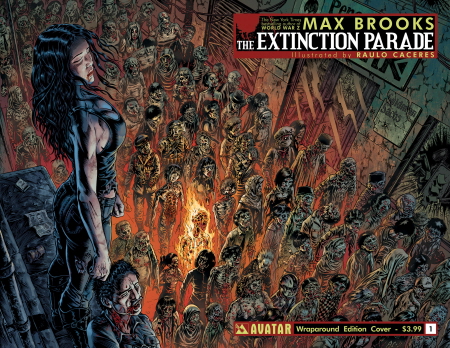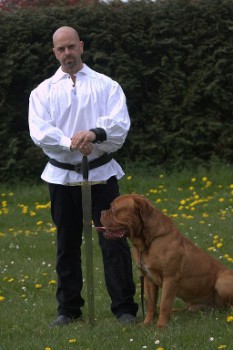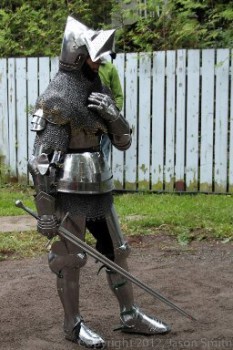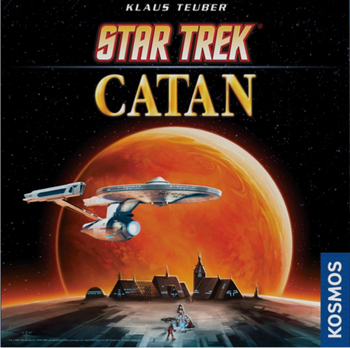Sharon Shinn’s Royal Airs: A Review
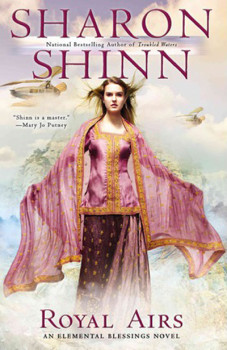 First of all, I love getting snail mail. Postcards are great, letters are better — but best of all is a lumpy Manila package with something mysterious inside of it.
First of all, I love getting snail mail. Postcards are great, letters are better — but best of all is a lumpy Manila package with something mysterious inside of it.
But when I came home to see my mailbox was stuffed full of a Manila envelope from Sharon Shinn, there was no mystery.
There was only a short squeal and a jig. I knew what awaited me. I bounded up the stairs to the third floor, reciting all the while:
“Her book! Her book! Her newest book!!!”
Because Sharon? Rocks.
(I mean, I thought she rocked long before I met her, but after John O’Neill introduced us at one of those World Fantasy breakfasts where you can’t believe you’re eating pancakes with a woman whose books you devour regularly, she rocked about a thousand times more.)
Royal Airs is the second in the “Elemental Blessings” series, which take place in the Kingdom of Chialto. It’s an exciting time in this secondary world, with “smoker cars” taking over for horse-drawn carriages, the blushing dawn of flying machines, alliances forming and falling apart with realms across the mountains and seas, the delicate balance of power between the regent, the primes of the Five Houses, and the heirs to the throne.
All of this and magic too!
